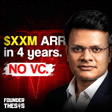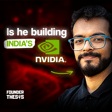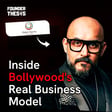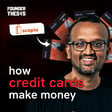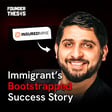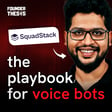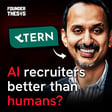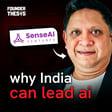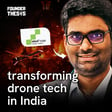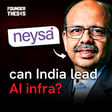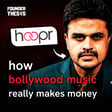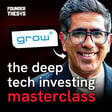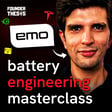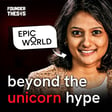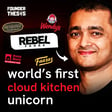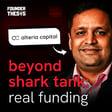
A Deep Dive into the Future of Commercial EVs | Saurav Kumar (Euler Motors)
Saurav Kumar’s journey with Euler Motors is a powerful story of scrappy, first-principles execution.
In this conversation with Akshay Datt, Saurav Kumar, the Founder & CEO of Euler Motors, shares his incredible founder journey. A serial entrepreneur whose previous company Cube26 was acquired by Paytm , Saurav has now raised over $206 million for Euler Motors and is building a manufacturing capacity of 36,000 vehicles per year. The Cornell University alumnus talks about his transition from software to the capital-intensive world of hardware and his mission to electrify India's logistics fleet.
Key Insights from the Conversation:
- The Full-Stack Gambit: Saurav explains why he chose a capital-intensive, vertically integrated model—building vehicles, proprietary batteries, and a charging network—to de-risk EV adoption for customers in a nascent market.
- Customer-Centric R&D: Euler Motors spent its first few years in an intensive pilot phase, deploying hundreds of prototypes with clients like BigBasket and Flipkart to perfect the product based on millions of kilometers of real-world data before the official launch.
- Building a Technology Moat: The core of Euler's competitive advantage lies in its proprietary technology, especially its liquid-cooled battery pack, which was developed specifically to solve the thermal challenges of operating in India's hot climate.
- The "Performance Over Price" Philosophy: The discussion highlights Euler's contrarian strategy of building a more expensive but higher-performing vehicle that offers customers greater "earn-ability" and a superior Total Cost of Ownership (TCO) compared to traditional diesel vehicles.
Chapters:
(00:00) Introduction
(01:31) From Bihar to Cornell: A Passion for Robotics
(04:03) Why I Couldn't Pursue Robotics in the US
(04:33) The First Startup: Building Cube26 & The Pivot to Hardware
(15:18) A Tough Exit: The Cube26 Acquisition by Paytm
(17:40) The "Why" Behind Euler: Solving India's Pollution Crisis
(22:18) The Core Insight: Why Most Commercial EVs Failed
(25:14) The Scrappy Start: Building an EV Company from a Shed
(33:21) Building a Moat: The Secret to Our Liquid-Cooled Battery
(39:13) Scaling from 100 to 3,000 EVs a Month: The Plan Ahead
YouTube Hashtags
#FounderThesis #SauravKumar #EulerMotors #ElectricVehicles #StartupIndia #MakeInIndia #EV #Entrepreneurship #FounderStory #StartupPodcast #Hardware #Automotive #Logistics #CleanTech #AkshayDatt #VentureCapital #BusinessStrategy
